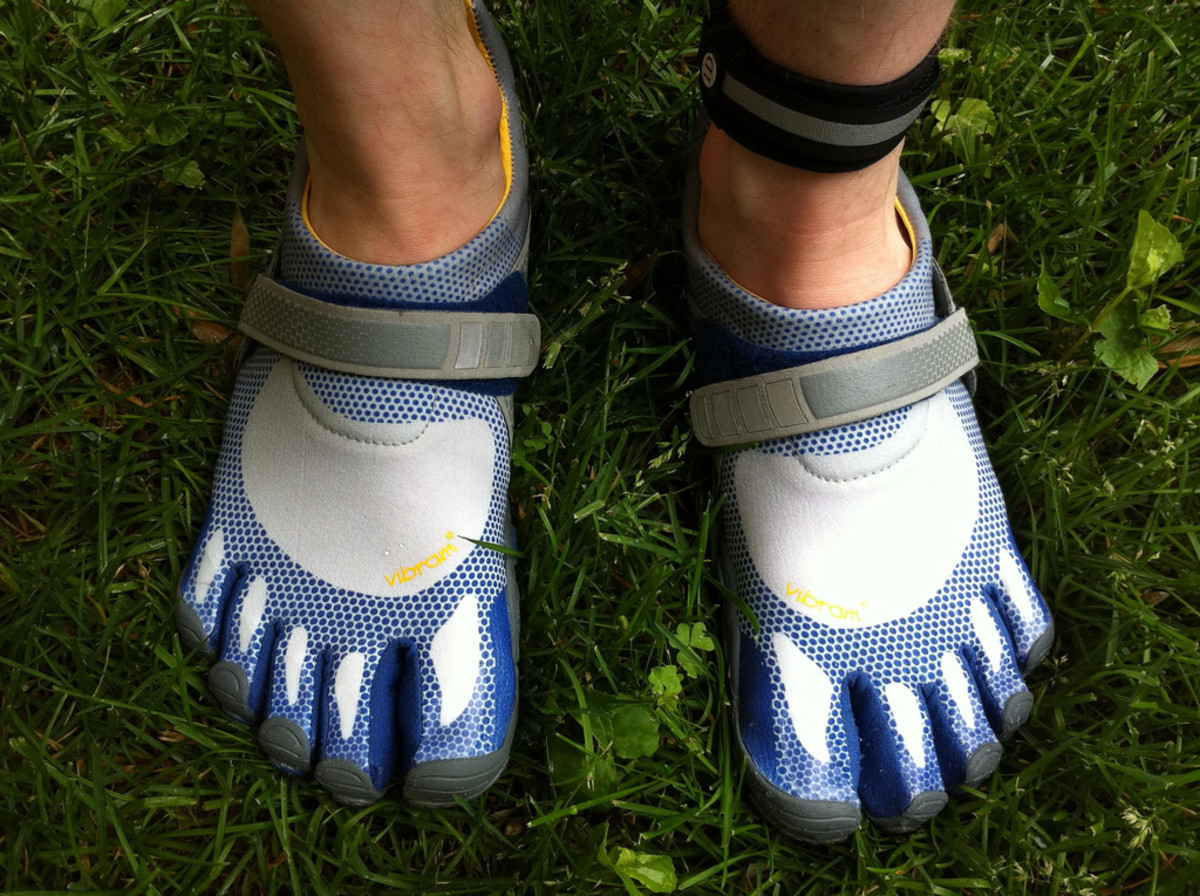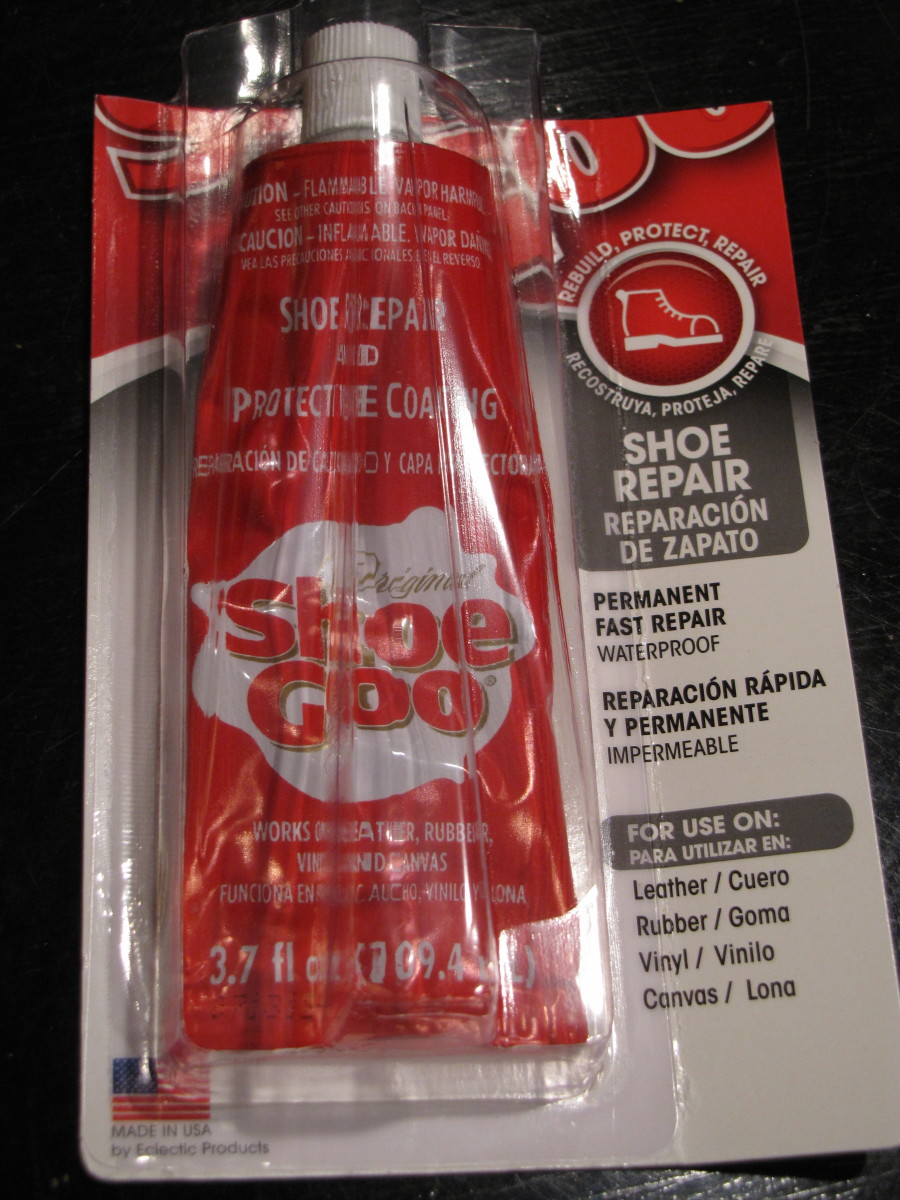Airplane Torque - 4 Types Explained

To the pilot, torque is the left turning tendency of the airplane, and is made up of 4 elements which cause the plane to twist around at least one of the airplane's three axis: lateral, longitudinal, and vertical.
These 4 element are as follows:
1. Torque reaction from engine or propeller
2. Corkscrew effect
3. Gyroscopic action of the propeller
4. Asymmetrical loading of the propeller (P-factor)
This post will only discuss the first element, and the other three will follow in three separate posts.
TORQUE REACTION
This reaction involves Newton's Third Law of Physics - which states that for every action there is an equal and opposite reaction. Which translated to planes means that as the internal engine and propeller are rotating in one direction, an equal force is trying to rotate the aircraft in the opposite direction.
When the airplane is air born, this force is acting on the longitudinal axis, tending to make the airplane roll. Today's planes are designed with an engine offset to counteract this effect of torque.
When the plane is on the ground during takeoff roll, an additional turning tendency is induced by this torque reaction. As the left side of the plane is forced down, it is putting more weight on the left main landing gear. This effect results in more ground friction or drag, more on the left than the right causing even more turning to the left.
The extent of this increase depends on a few variables:
1. Size and horsepower of engine
2. Size of propeller and RPM
3. Size of the aircraft
4. Condition of the ground surface.
CORKSCREW EFFECT
The high speed rotation of the propeller gives a corkscrew or spiraling rotation to the slipstream, At high propeller speeds and low forward speed or motion of the plane (as in take offs and approaches to power-on stalls), this spiraling rotation is very compact and exerts a strong side ward force on the vertical tail surface.
The propeller causes a slipstream over the plane and it then exerts a force on the left side of the vertical tail surface. This then pushes the tail surface to the right and the opposite reaction is that the nose goes to the left or Yaws to the left about the aircraft's vertical axis.
As the forward speed increases, this spiral effect elongated and becomes less effective. This corkscrew flow also causes a rolling motion around the longitudinal axis.
Notice that this rolling moment caused the corkscrew is to the right, while the rolling effect caused by torque reaction is to the left - in effect one may counteract the other.
GYROSCOPIC ACTION
All applications of a gyroscope are based on two fundamental properties : rigidity in space and precession. We are only interested in precession for this discussion.
Precession is the resultant action of a spinning rotor when a deflecting force is applied to its rim.
Any time a force is applied to deflect a propeller, the resulting force is 90 degrees ahead of and in the direction of the rotation, causing a pitching moment, a yawing moment, or any combination of the two.
It is said that, as a result of this action, any yawing around the vertical axis results in a pitching moment, and any pitching around the lateral axis results in a yawing moment.
To correct for the gyroscopic action effect, it is necessary for the pilot to properly use elevator and rudder to prevent undesired pitching and yawing.
ASYMMETRIC LOADING (P-FACTOR)
When an aircraft is flying with a high angle of attack (AOA), the "bite" of the downward moving blade is greater than the "bite" of the upward moving blade. This moves the center of thrust to the right disc area, causing a yawing moment toward the left around a vertical axis.
When the plane is flying at the same high angle of attack (the angle of the plane relative to the wind which is coming in at it), the downward moving blade has a higher resultant velocity, creating more lift than the upward moving blade.
When the plane is at a low AOA the load on upward and downward moving blades are equal. At a high AOA, the load on the downward blade is higher than that of the upward moving blade. Both instances the wind is hitting the propeller from the front.
Since the propeller is an airfoil, an increased velocity means increased lift. The down swinging blade (viewed from the rear) has more lift and tends to pull (yaw) the aircraft's nose to the left.
SUMMARY
The effects of each of the 4 elements has a different value with changes to the flight situation. When the plan is climbing, will be different than when the plane descending. It also varies with each different aircraft, airframe, engine, or propeller combinations. The pilot in order to maintain flight control, must use the controls to compensate for these varying values.



